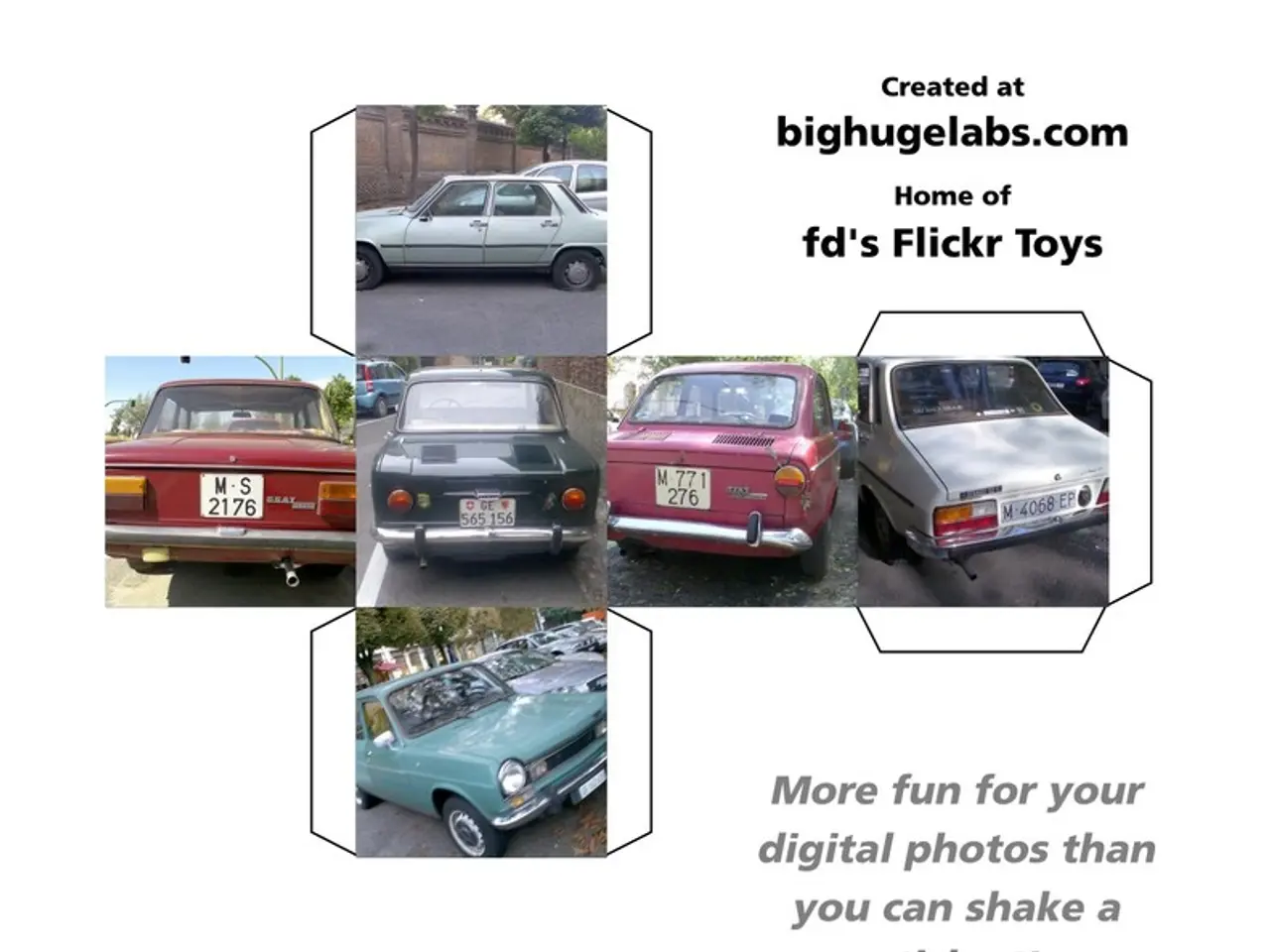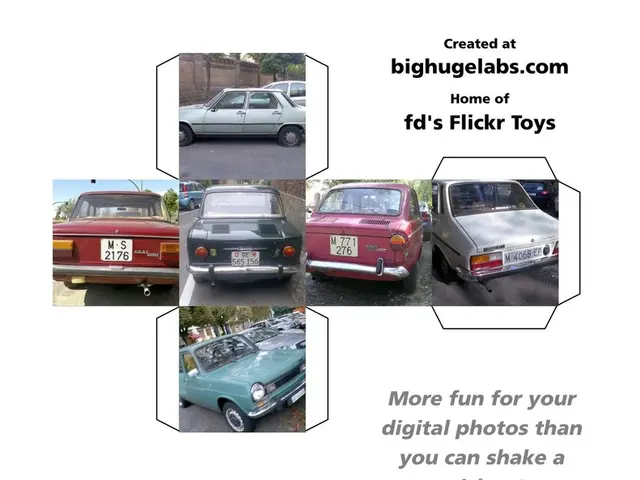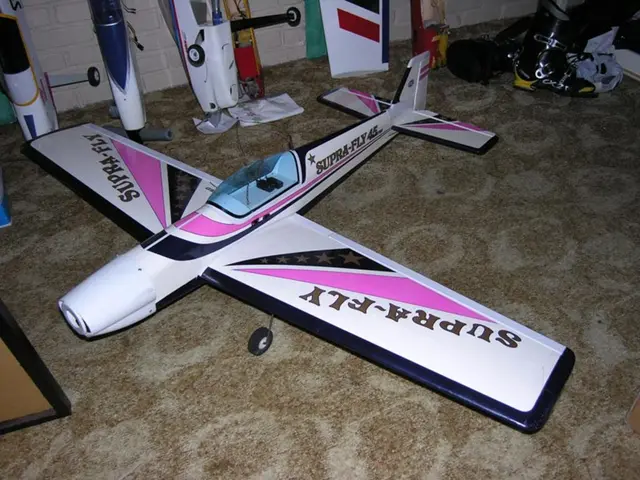Stock prices for Uber reach new heights following partnerships with Joby Aviation and Blade Air Mobility in the realm of air transportation.
Uber Embraces Electric Future and Air Mobility with Joby and Blade Partnerships
Uber Technologies, the ride-hailing giant, is making significant strides in its commitment to a greener future. In a move that signals a shift towards electric vehicles (EVs) and air mobility, Uber has announced partnerships with Joby Aviation and Blade Air Mobility.
Uber has pledged $800 million through 2025 to support drivers switching to EVs, and the company is aiming to become a zero-emission mobility platform globally by 2040. As of Q1 2025, Uber boasts more than 230,000 active zero-emission drivers worldwide, who completed over 105 million emission-free trips globally during the same quarter. In many European cities, over one in every three miles traveled on Uber is now electric.
The partnership with Blade allows Uber users to book flights directly through the Uber app. This innovative move could revolutionize urban travel, as analysts predict that by the early 2030s, millions of passengers may fly on electric vertical takeoff and landing aircraft (eVTOL) each year. Companies like Airbus SE, Joby Aviation, Boeing Company, and Bell Helicopter, all of which have ongoing development programs supported by investments from aerospace suppliers, are also part of this burgeoning industry.
Joby, in particular, has a clear edge due to securing key approvals from the U.S. Federal Aviation Administration and signing contracts with the U.S. Air Force worth over $100 million. The partnership between Joby, Blade, and Uber boosts the platform and draws in high-value customers. Uber's partnership with Joby opens up access to a premium segment with much higher average fares than traditional car rides. Acquiring Blade's passenger business provides immediate infrastructure like lounges and landing sites for Joby.
The global Urban Air Mobility market was about $5.4 billion in 2023 and is expected to grow over 30% each year, reaching around $30 billion by 2030. By adding air mobility with Joby's eVTOLs, Uber can cut emissions per trip by 50% to 80% compared to helicopters. Uber seeks to grow its mobility services, including air travel, in a way that supports climate goals.
The long-term outlook for Urban Air Mobility is strong, driven by urban congestion, technology advances, policy support, and funding. The partnership between Uber, Joby, and Blade is a testament to this promising future.
In addition to these developments, Uber's share price has risen by over 70% in the last year, reaching an all-time stock high of about $98.85 on September 16. Uber's strategic moves towards electric vehicles and air mobility demonstrate a forward-thinking approach that aligns with the growing demand for sustainable and efficient urban travel solutions.
Read also:
- Strategic approach to eco-friendly nickel production for electric vehicles in Europe
- Solar energy company, Imperium, alongside QORAY Mobility & Energies Solar Business, bolsters Nigeria's environmental future by producing superior solar panels domestically and offering flexible payment options.
- AI Inspection Company, Zeitview, Secures $60 Million Funding for Expansion
- Tension between Trump and Elon Musk subsides as he retracts promise to withdraw federal funding from his businesses








